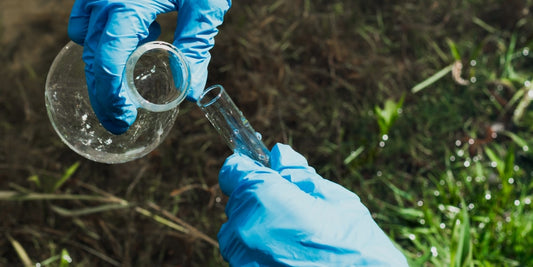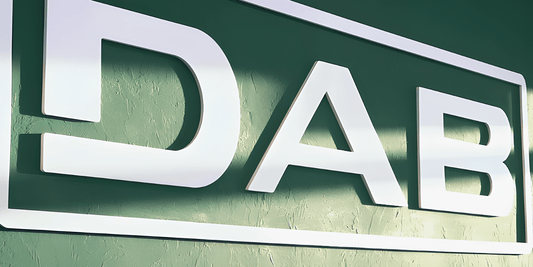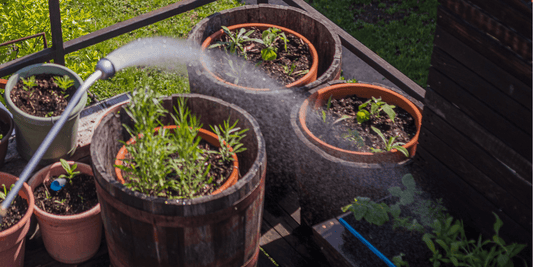How to Install a UV System: A Step-by-Step Guide
Share
Installing a UV (ultraviolet) water purification system is an excellent way to ensure your water supply is free from harmful bacteria, viruses, and other microorganisms. These systems are commonly used in homes, especially in areas where water quality may be a concern. Below is a comprehensive guide on how to install a UV system in your home.
1. Understanding the UV System
Before diving into the installation process, it’s essential to understand how a UV system works. The UV light effectively sterilizes water by penetrating microorganisms and disrupting their DNA, rendering them harmless. However, the UV system does not filter out particles, so it’s usually installed alongside a sediment filter.
2. Gather Necessary Tools and Materials
To install your UV system, you’ll need the following tools and materials:
- UV Water Purification System (includes UV chamber, lamp, and ballast)
- Sediment pre-filter (if not already installed)
- Pipe cutter or hacksaw
- Teflon tape
- Wrenches or pliers
- Mounting brackets and screws (usually included with the system)
- Bucket or towel (to catch any water spills)
- Safety gloves and goggles
3. Choose the Installation Location
The UV system should be installed on the main water line after any filtration system but before the water line splits to supply your house. This ensures that all the water entering your home has been treated. Choose a location with enough space for the UV chamber and where it can be easily accessed for maintenance.
Key Considerations:
- Ensure the area is dry and away from direct sunlight.
- The system should be installed indoors to prevent freezing and to protect the electrical components.
- Choose a spot near an electrical outlet since the UV system requires power.
4. Install the Sediment Filter
If you haven’t already installed a sediment filter, this is the time to do so. The sediment filter will remove larger particles that could shield microorganisms from the UV light.
Steps:
- Shut off the Water Supply: Turn off the main water supply to prevent leaks.
- Cut the Pipe: Use a pipe cutter or hacksaw to cut the pipe where the filter will be installed.
- Install the Filter: Attach the filter housing to the pipe, using Teflon tape on all threaded connections to prevent leaks. Secure the filter housing according to the manufacturer’s instructions.
- Check for Leaks: Turn the water back on and check for leaks. If any are found, tighten the connections.
5. Install the UV System
Now that the sediment filter is in place, it’s time to install the UV system.
Steps:
- Mount the UV Chamber: Use the provided mounting brackets to secure the UV chamber to the wall. Make sure it’s installed vertically to ensure proper operation.
- Connect the Inlet and Outlet Pipes: Attach the water inlet and outlet to the UV chamber. The inlet should be connected to the water supply coming from the sediment filter. Again, use Teflon tape on all threaded connections to prevent leaks.
- Install the UV Lamp: Carefully insert the UV lamp into the chamber, ensuring it doesn’t touch any surfaces as this could damage the lamp. Secure it according to the manufacturer’s instructions.
- Connect the Ballast: The ballast controls the UV lamp’s power supply. Connect the lamp to the ballast and then plug the ballast into a nearby electrical outlet.
6. Test the System
Once the installation is complete, it’s time to test the system.
Steps:
- Turn on the Water: Slowly turn the water supply back on and check for any leaks around the UV chamber and connections.
- Power Up the UV System: Turn on the UV system by plugging in the ballast. The system should light up immediately, indicating the lamp is working.
- Check for Proper Operation: Most UV systems come with an indicator light to show that the system is functioning correctly. If your system has an alarm, it will sound if the UV lamp is not working properly.
7. Maintenance and Troubleshooting
Regular maintenance is essential to ensure your UV system operates effectively. Here’s what to keep in mind:
- Lamp Replacement: UV lamps typically need to be replaced every 12 months. Even if the lamp is still glowing, its effectiveness decreases over time.
- Quartz Sleeve Cleaning: The quartz sleeve that surrounds the UV lamp should be cleaned regularly to remove any build-up that could block the UV light.
- Annual System Check: Perform a full system check at least once a year to ensure all components are working correctly.
Troubleshooting Tips:
- If the system isn’t working, check the power supply and ensure the lamp is properly seated.
- If you notice a decrease in water pressure, inspect the sediment filter for clogs and replace it if necessary.
Conclusion
Installing a UV water purification system is a practical and effective way to ensure the safety of your home’s water supply. By following these steps carefully, you can install the system yourself and enjoy the peace of mind that comes with knowing your water is free from harmful microorganisms. Remember to follow all manufacturer instructions specific to your model, and don’t hesitate to consult a professional if you encounter any challenges during the installation process.



